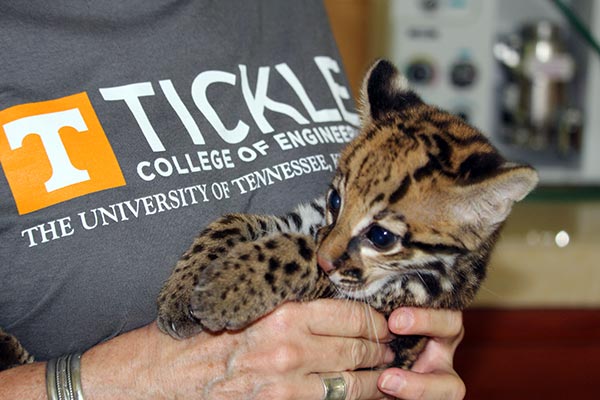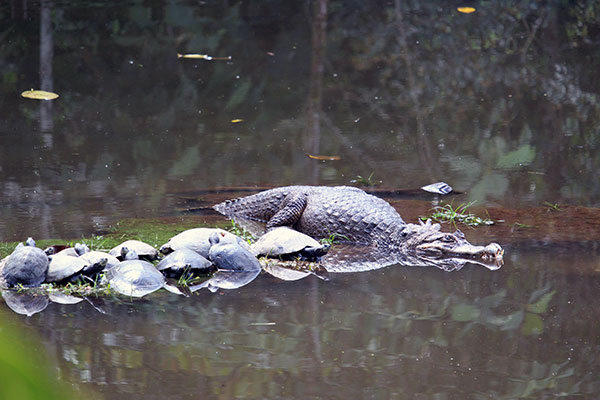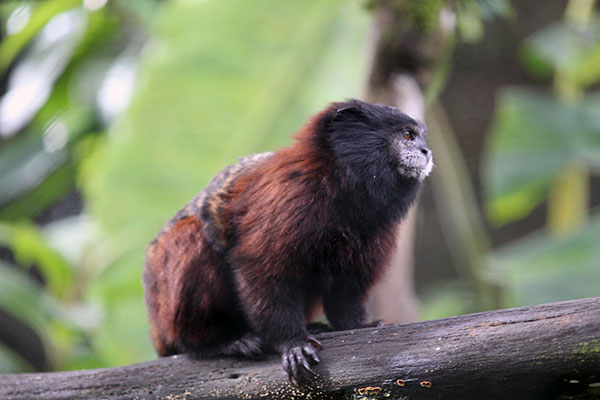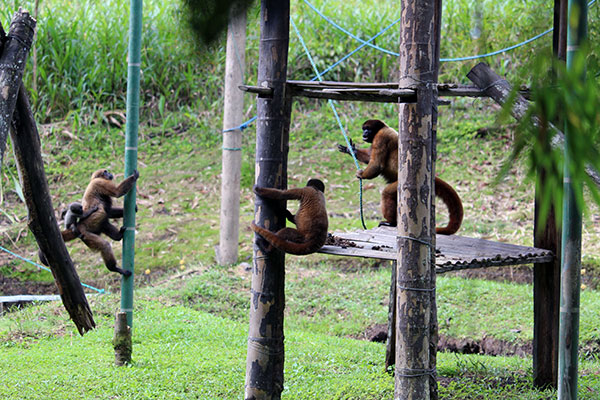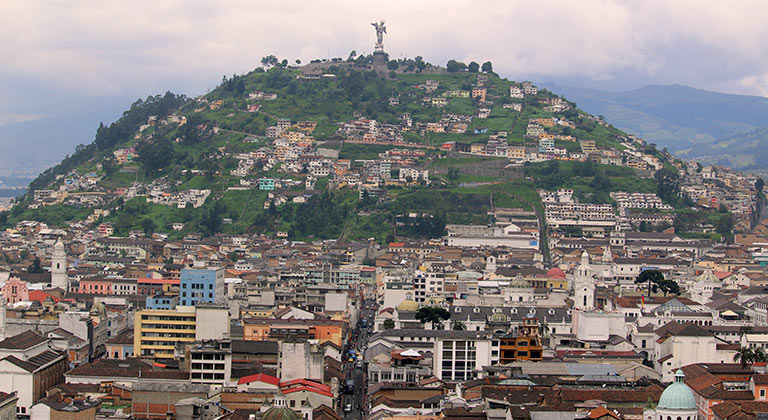Trip Report: Alternative Summer Break in Ecuador
The Tickle College of Engineering’s Alternative Summer Break took place in Ecuador from May 15 – 22, 2017. Taking part in the sixteenth trip of Global Initiatives were Senior Electrical Engineering major Alex Weber, Junior Computer Engineering major Daniel Barry, Junior Chemical Engineering major Hannah Landau, Sophomore Mechanical Engineering major Jacob O’Brien, and Senior Spanish major Devon Graham. TCE International Coordinator Judith Mallory arranged and led the trip. Kaya Responsible Travel of the United Kingdom was the provider.
Daniel Barry’s Blog »
Devon Graham’s Blog »
Hannah Landau’s Blog »
Jake O’Brien’s Blog »
Alex Weber’s Blog »
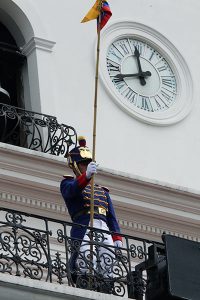
The group flew into Quito’s Mariscal Sucre International Airport, a new airport located about 45 minutes outside of Quito. The country of Quito is comparable in size to the state of Nevada and is made up of three regions: the Amazon, the coastal region, and the highlands. The Amazon Region, where the majority of the trip took place, covers almost half of the land mass of Ecuador, yet is home to only about 5% of the population. About 95% of the country is of the Catholic faith, and there are 14 indigenous groups that call Ecuador home. Spanish is the official language, with Quichua being the most common of the many indigenous dialects. Mestizos make up about 65% of the population, Indigenous tribal people about 25%, and Afro-Ecuadorians about 3%. High inflation and a financial crisis in the year 2000 resulted in the adaptation of the U.S. Dollar as the official currency, replacing the sucre. Major exports are petroleum, roses, seafood, and bananas. Tourism is a major source of income for the country, which includes the Galapagos Islands. About 15 million people live in Ecuador, with about three million of those living in the capital city of Quito, situated at 9,350’ above sea level.
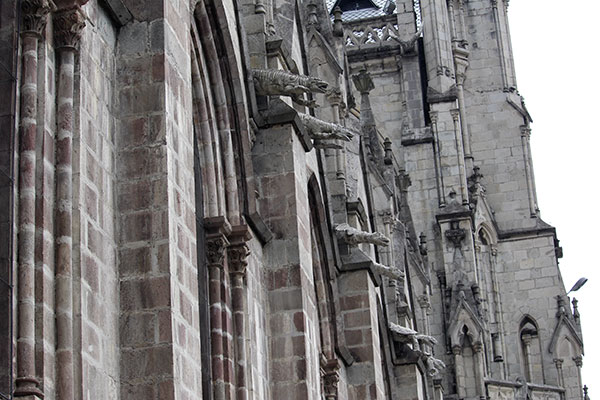
The first full day of the trip began with a quick trip to Old Town Quito, the Colonial section of the city, filled with European-inspired architecture, cathedrals, monasteries, convents, and old government buildings. One of the churches on the tour was the Gothic-style Cathedral, whose façade is adorned with gargoyles representing animals of mainland Ecuador and the Galapagos, including turtles, frigate birds, iguanas, and caiman, which are cousins of the crocodile. The notable town square in this area is the Plaza de la Independencia, also known as the Plaza Grande, typical of the public squares of Latin America in that it is anchored by both religious and government structures. Another stop on the tour was the Iglesia de La Compania de Jesus, a Baroque-style church whose interior design focuses on symmetry and has many ornate, gold-embossed surfaces, including walls and altars. The same day, the group embarked upon a five-hour drive in a southeasterly direction to the town of Puyo in the Amazon region. The next morning the service project began in the Yana Cocha animal reserve, a
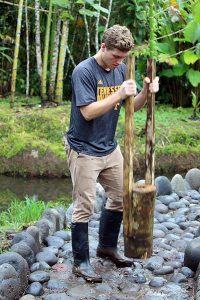
The next morning the service project began in the Yana Cocha animal reserve, a rescue and rehabilitation facility for exotic animals that have been confiscated from traffickers, surrendered by owners, or turned loose by people who either stole or purchased them. Many birds and monkeys call Yana Cocha home, as do turtles, caiman, ocelots, and even a jungle wolf. Through a generous donation of The University of Tennessee College of Veterinary Medicine, the group was able to take a large suitcase full of needed veterinary medical supplies to the clinic at the reserve. After a quick tour of the facility, the group set out to help construct a bridge and a walking trail to be used by visitors, volunteers, and employees of the reserve. A boggy/grassy area alongside a lagoon was cleared and leveled in a curved shape, which would form the outline of a walking trail. Many wheelbarrows full of rocks were first brought in from quite a distance away to form the sides and base of the trail, which was about 30’ in length. The rocks on the bottom served not only as a secure base, but work well for drainage in areas that receive large amounts of rain. Everything was brought in by hand, as the area was not accessible by truck. After all of the rocks were arranged, loads of river sand were brought in, again by wheelbarrow, and spread atop the rocks to form the walking surface of the trail. The river sand will settle in and on the rocks and is heavy enough to not easily wash away in the rain. It took several days to construct the trail as well as help construct the sheet-metal foot bridge spanning the creek that feeds the lagoon.
At the conclusion of the project, the group set out to return to Quito, by way of the town of Banos (meaning “baths”), known for volcano-supplied hot springs. They had most of the next day free, as flights out of Quito are all late at night.
